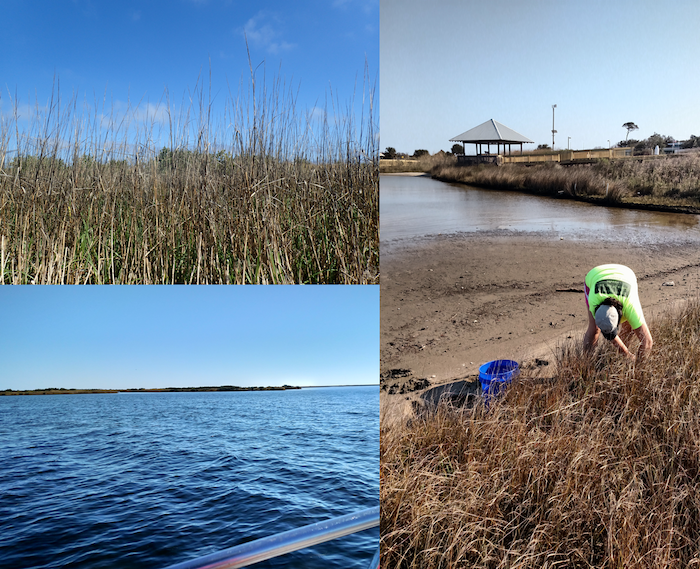Corianne Tatariw, Ph.D. 2016

Corianne Tatariw earned a B.S. in environmental science from Virginia Tech in 2008. Upon graduation, she spent a year working as a laboratory technician at Virginia Tech and realized she was passionate about scientific research. She completed her M.S. in biology at the University of Alabama in 2012. After studying freshwater ecology during her M.S. work, she was interested in understanding how terrestrial processes affect nutrient delivery to rivers and streams and pursued a doctorate in ecology and environmental sciences at the University of Maine. Advised by Drs. Jean MacRae (UMaine) and Kevin Simon (University of Auckland), Corianne investigated the relationship between soil microbial communities and ecosystem biogeochemistry in response to human-driven environmental changes such as climate change, land use change, and atmospheric deposition. She defended her dissertation in August 2016 and is now a postdoctoral fellow at the Dauphin Island Sea Lab studying the long-term impacts of the Deepwater Horizon oil spill on salt marsh nitrogen cycling.
Corianne shared a bit of advice for undergraduate students or students thinking about graduate school in the EES program: “I worked as a field/ lab technician for three different research groups during and after my B.S. These experiences helped me narrow down my research interests while I learned different research methods and gained an understanding of what to expect from graduate school. I recommend finding a way to work with a research group in an area that interests you, there are many ways to do this (paid tech, work study, volunteer, REU, Capstone project), and if you are already a UMaine undergrad you have an advantage because EES really supports undergraduate research.”
Visit our other alumni profiles.
